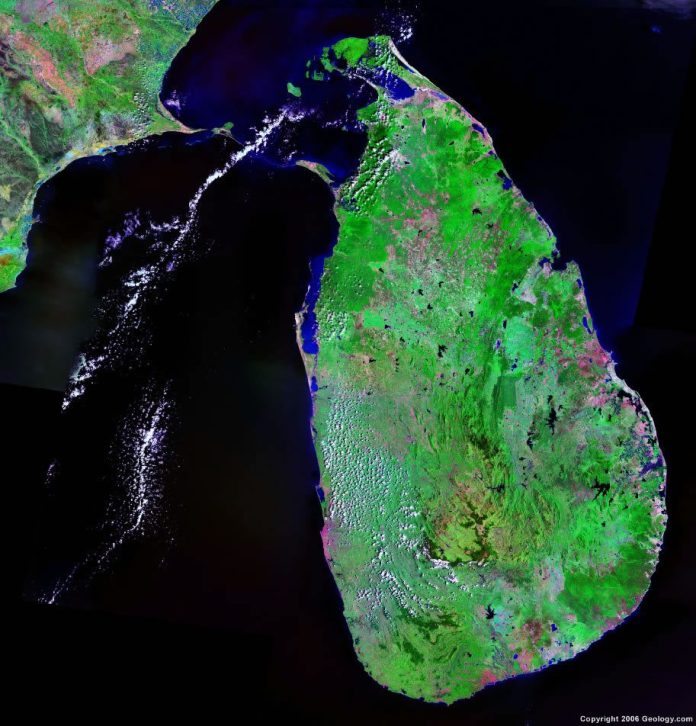In the intricate tapestry of a nation’s demographics, the balance between birth and death rates plays a pivotal role in shaping its future trajectory. In recent years, Sri Lanka has found itself confronting a concerning trend: a noticeable disparity between the annual birth and death rates, painting a sobering picture of demographic imbalance.
According to revelations from the Registrar General’s Department, the pulse of Sri Lanka’s population has shifted since the dawn of the new decade in 2020. Senior Deputy Registrar General, Attorney-at-Law Lakshika Ganepola, unveiled stark statistics indicating a decline in the annual birth rate juxtaposed with a marked increase in the annual death rate over the past three years.
Prior to 2020, the island nation witnessed a robust annual birth rate hovering around 325,000 births. However, this figure has seen a precipitous drop, plunging to approximately 280,000 births within the aforementioned timeframe. Conversely, the annual death toll, once standing at around 140,000, has ascended to a concerning 180,000 deaths annually during the same period.
These revelations, while alarming, hold far-reaching implications for Sri Lanka’s demographic landscape. The Registrar General’s Department warns of potential repercussions stemming from this demographic imbalance, with the specter of an aging population looming large on the horizon.
Further corroborating these findings, a recent report by the Central Bank of Sri Lanka (CBSL) underscored a 0.6% decrease in the nation’s population, declining from 22.2 million in 2022 to 22 million in 2023. This downward trend is exacerbated by a dwindling annual birth rate, which plummeted from 1.93% in 2007 to a mere 1.12% in 2023. Concurrently, the annual death rate has experienced a disconcerting uptick from 0.59% in 2007 to 0.82% in 2023.
The ramifications of this demographic shift extend beyond mere statistics, permeating various facets of Sri Lankan society. Parliamentarian Udaya Gammanpila has shed light on the root causes behind this unsettling trend, identifying the exodus of younger generations as a significant contributing factor. Speaking to the media, MP Gammanpila issued a stark warning, cautioning that unless proactive measures are implemented to stem the outflow of young talent, Sri Lanka could find itself grappling with an increasingly geriatric populace, with profound socio-economic implications.
The imbalance between birth and death rates in Sri Lanka serves as a clarion call for concerted action. Addressing this demographic conundrum necessitates a multifaceted approach, encompassing policy interventions to incentivize family planning, bolster healthcare infrastructure to mitigate mortality rates, and implement strategies to retain and harness the potential of the nation’s youth.
In charting a course towards demographic equilibrium, Sri Lanka stands at a pivotal juncture, where the decisions made today will reverberate far into the future, shaping the destiny of generations yet to come. As the nation navigates the complexities of demographic transition, collective resolve and proactive measures are indispensable in steering towards a more balanced and sustainable demographic landscape.


